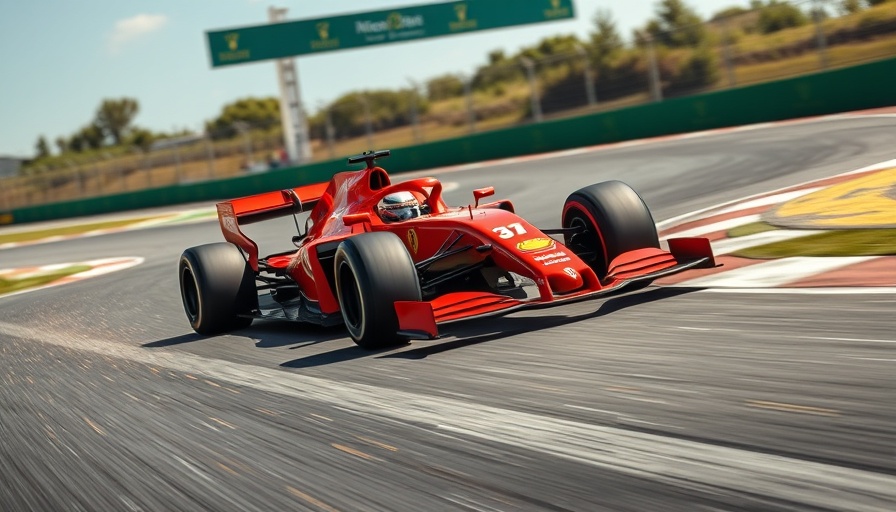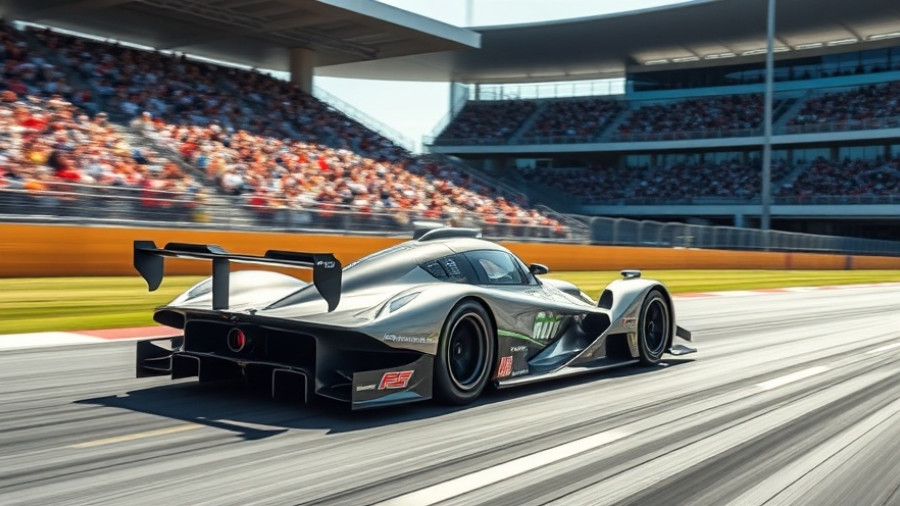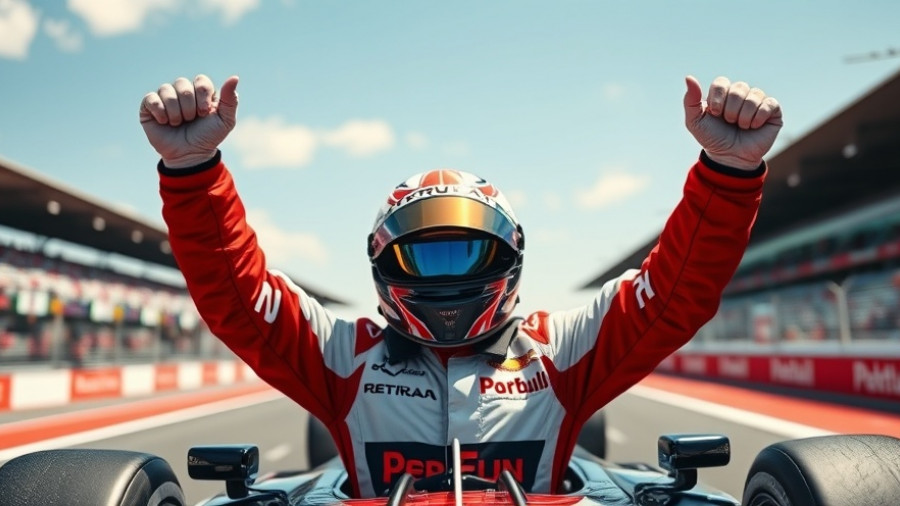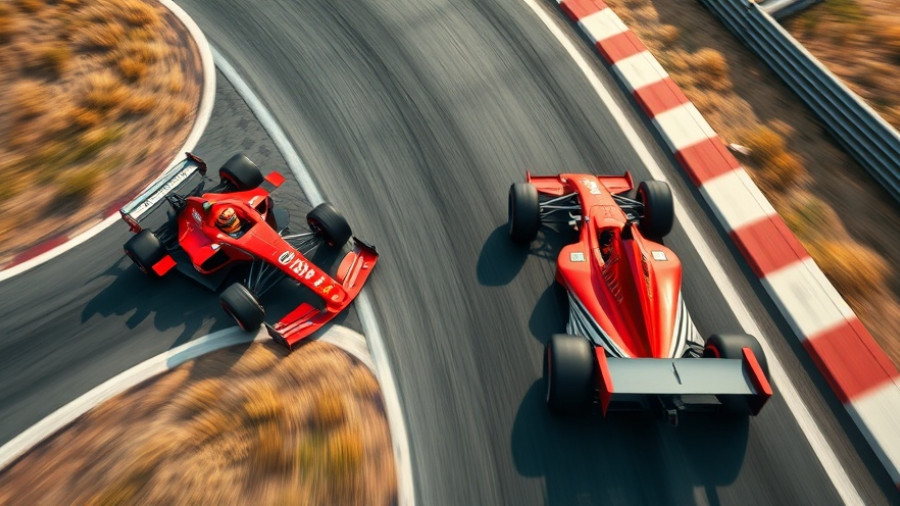
The Upcoming Challenges of the Hungaroring
The Hungarian Grand Prix, often considered a crucial race before the summer break, presents unique challenges for F1 teams. Unlike the high-speed tracks they'd faced recently, the Hungaroring's layout is characterized by tight corners and limited straightaways, creating a need for high downforce levels. This situation has led all top teams to converge on similar aerodynamic solutions in response to the specific demands of this circuit.
Decoding Aerodynamic Choices
In the intense world of Formula 1, aerodynamic performance can make or break a team's race strategy. High downforce configurations are crucial at the Hungaroring, as this track's winding nature emphasizes car balance and traction. The leading teams—Ferrari, Mercedes, Red Bull, and McLaren—are all expected to adopt these high-downforce setups, displaying subtle variations in their designs that could impact race performance. For instance, Mercedes has chosen a robust wing design focused on stability, while Red Bull leans towards maximizing downforce with their flap configuration.
Insights into Wing Designs
The rear wings of these F1 cars are engineered to enhance performance dramatically. Each team's wing—while all featuring a spoon-shaped design—exhibits unique characteristics that reflect their aerodynamic philosophies. Mercedes' less pronounced design contrasts with Red Bull's more aggressive approach, showcasing how such details can influence speed and stability on a track known for its tricky corners. Furthermore, the use of gurney flaps across the board indicates a shared understanding of airflow dynamics and downforce generation.
Understanding the Importance of Downforce
For fans and aspiring tech enthusiasts, comprehending why downforce is crucial helps demystify F1 engineering. High downforce enables cars to maintain grip through the numerous corners of the Hungaroring, facilitating faster lap times and better handling. This discussion not only fascinates F1 fans but also sheds light on the practical implications of automotive engineering principles found in high-performance vehicles.
Looking Ahead: Predictions for Race Day
As teams head to the Hungaroring, a rich narrative unfolds about the balance of power within Formula 1. Will the intricacies of aerodynamic designs give any team a decisive edge? Observers will undoubtedly have their eyes peeled during the race as these technologies meet the challenges presented by one of the sport's most demanding circuits.
 Add Row
Add Row  Add
Add 




Write A Comment